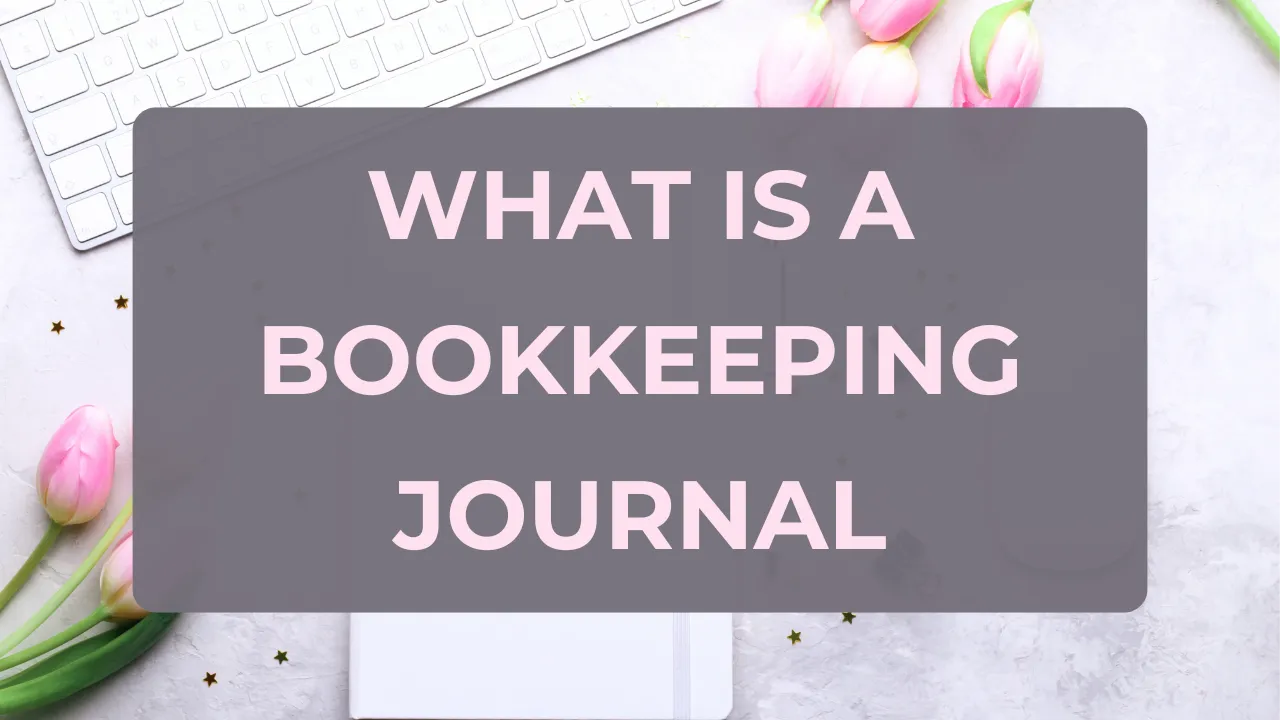Ever felt your mind go blank when you needed to draft a journal entry? Don’t worry – you’re not alone! ☺️ Whether you’re a beginner or even a seasoned bookkeeper, bookkeeping journals can seem tricky, complex and intimidating at first. But guess what? Once you get your head around it, they’ll become second nature.
So, what exactly is a journal in bookkeeping?
Think of the bookkeeping journals as the building blocks of bookkeeping.
A journal entry is how you record your business transactions in the accounting system. Just like when you keep a personal diary (or journal) and you’re making notes of what happened in your life. Preparing a bookkeeping journal is exactly the same process: we record every single transaction that happens in the business’ life (more or less) in chronological order.
In the textbooks, journals may be referred to as Day Book or Book of Original Entries or Book of Prime Entries as well. These names originate from the manual bookkeeping era when journals were written into separate books, and come from the fact that the journals were first listed in date order before being posted into the accounts.
Why is it important to record the transactions?
Why go through all this trouble to record journals? Simple: without them, you wouldn’t know how a business is doing! Here are a few key reasons:
- Tracking financial performance: the business owner can have feelings about performance, but without accurate records, they simply do not know for sure. Without the records, there won’t be reports to back up the business owner’s decisions.
- Cash flow management: the business owner needs the records to efficiently manage the cash flows and to know where its money is coming from and where it is going.
- Ultimately, every business needs to have financial statements – at least when the tax return is due 😜. The statements don’t magically appear from the pile of invoices and receipts. The journals are the tools that transform the bunch of original documents into financial statements.

How does a journal entry look like?
A journal entry typically consists of the following elements generally organised in a table format:
- date of the transaction: the date when the business transactions occurred
- particulars: a short description of the business transaction, so that anyone reviewing the books later knows what happened
- accounts involved: which accounts are affected by the business transaction
- debit and credit amounts: every journal in double-entry bookkeeping has at least one debit and one credit. These must always balance, which means that the total of debits should always equal the total of credits.
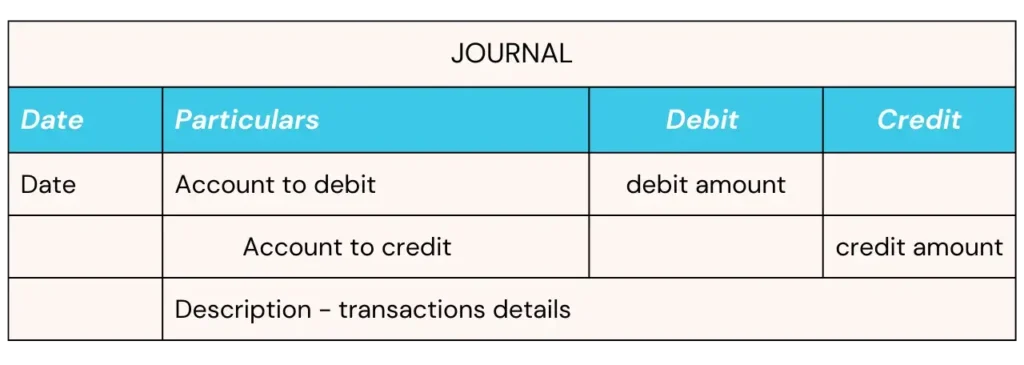
Additional information/columns could be added, such as a journal number, a unique reference number, a posting reference and the date on which it was recorded.
Let’s see a few examples:
Taking out a business loan
The business borrowed $30,000 for 12 months from its bank. The bank remitted the loan, hitting the business bank account on 5 April.
The journal entry for this transaction
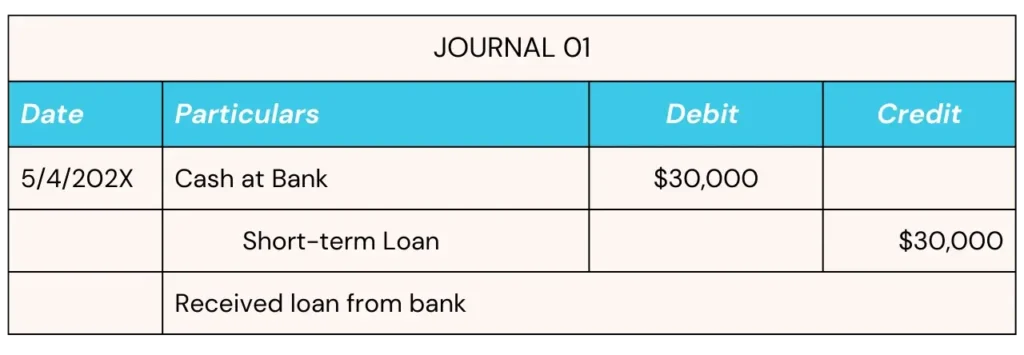
Sale on credit
The business invoiced $10,000 to John Big on 24th April , one of its clients for the services provided. The payment term on the invoice is 14 days, so Mr Big has 14 days to pay the invoice.
The journal entry for this transaction:
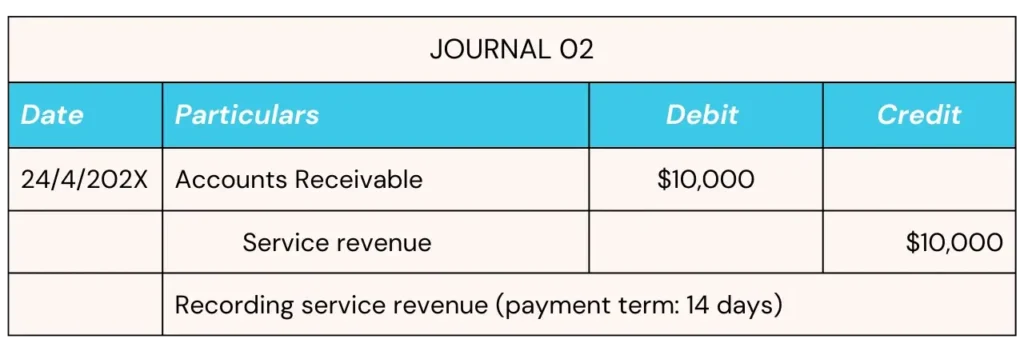
Purchasing office supplies
The business purchased office supplies for $1,000 on 28 April and paid in cash at the shop.
The journal entry for this transaction:
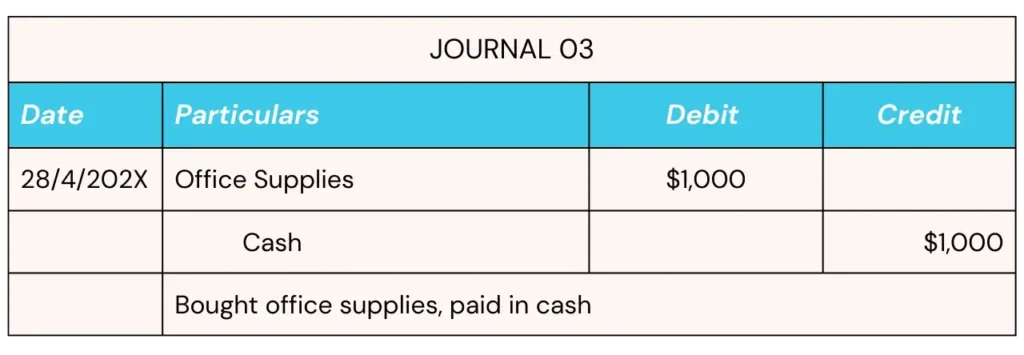
Key takeaways
Journals in bookkeeping are fundamental: they record business transactions translating them into “bookkeeping” language.
It takes practice, but journal entries are like pieces of a puzzle, and once you get the hang of placing each piece, the complete picture will emerge.
I believe in You: you’re a champion 🏆

PS: If you want to know more about HOW you can draft the journals and review more examples, this video will be perfect for you:

